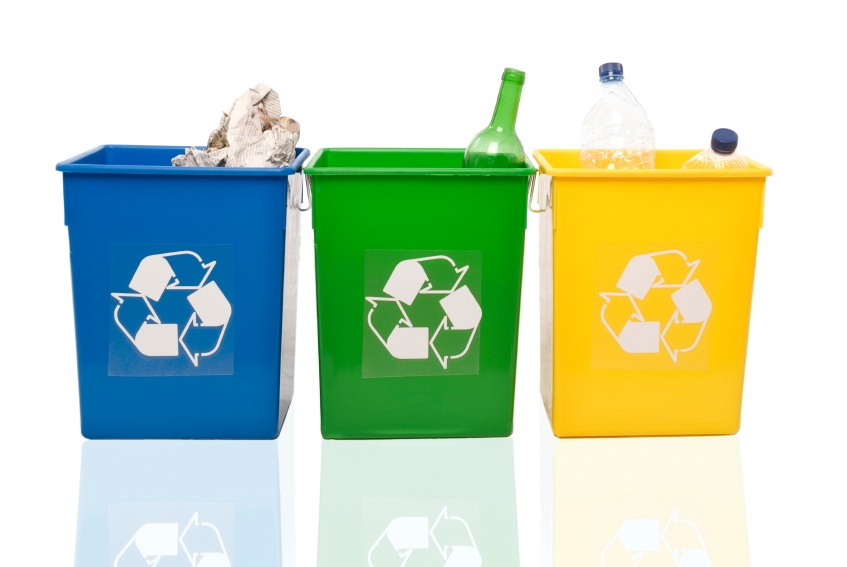Once upon a time, the amount of waste generated was considered small enough to be diluted in the environment. With massive industrialization and urbanization, a new concept followed this somewhat optimistic view: “concentrate and contain”. Its objective was to eliminate the waste or at least protect the population from its grasp, which generally involved either incineration or disposal in landfills. In most countries today this is still the solution. As the garbage pile gets higher and the environmental conscience sharpens, it is now recognized that producing waste at this rate is no longer acceptable. As waste disposal strategies evolve, a surprisingly reasonable solution appears: why not consume less, or at least well? The priority now is to decrease the amount of waste we generate. This means changing our consumption patterns, for example by choosing products that use recyclable materials, market fresh produce instead of canned foods, less packaging and easily recyclable containers.
Recycling activities are economically important. Even better, collection, sorting and reprocessing represent job opportunities plus they also lower energy and municipal waste disposal costs. In this month’s newsletter you can read more about what some healthcare organizations as well as other businesses are doing to actively participate in helping reduce waste with the ultimate goal of protecting our environment.
– Lisa James.


